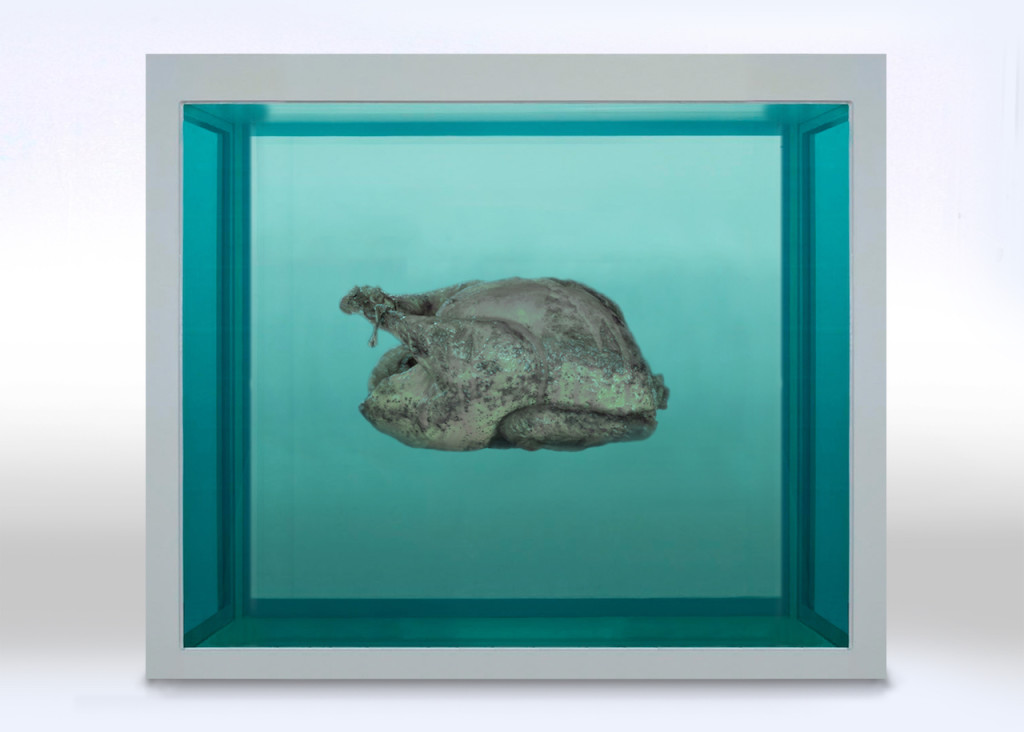
Happy Thanksgiving from BDAB!


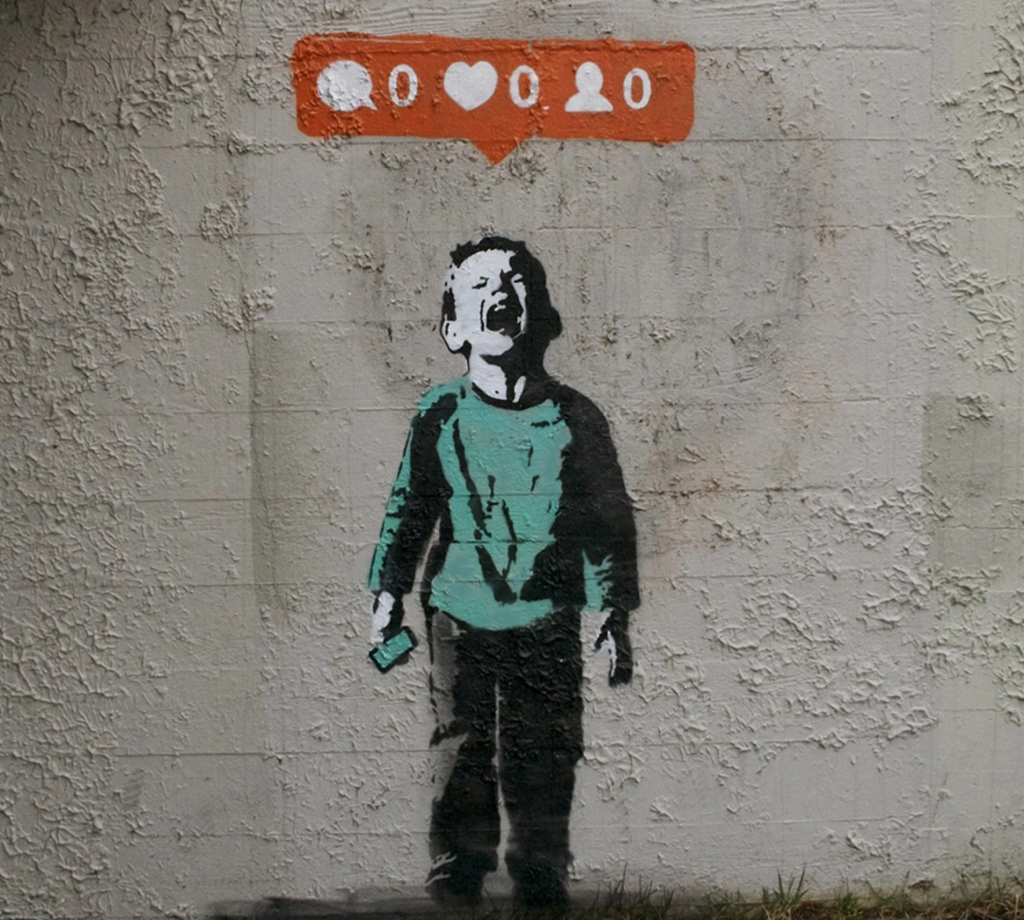
I know what you’re thinking: “I hate social media.” Just hold on, let me explain.
As annoying as social media sometimes get (you’re talking to a guy that deactivated his Facebook account two years ago and uses Instagram exclusively), it is a valuable tool for collectors to personally connect with artists, stay abreast of upcoming shows, discover art and artists, and add works that you would never otherwise have access to. Huge increase in accessibility to art that social media has brought might be one of its greatest benefits.
Here’s a rundown of how I utilize social media for art collecting:
Follow artists and galleries to gain first access. Following artist and galleries that I have a strong interest in allows me to stay up-to-date on new shows and artwork that may become available before the email blast goes out. This is essential especially if the gallery has a first-come, first-served policy for purchasing new works. Getting your name on that preview list is an advantage that you cannot afford to not have.
Discover new artists. Talented artists tend to have talented artist friends, and if you follow enough of them (Read: six degrees of separation) you’ll grow a huge network of artists that excites and motivates your collection.
Find casual collectors who’s looking to sell a Holy Grail for the right price. Search functions in social media have gotten so powerful that with enough know-how you can find almost anything there. Four years ago (wow, how time flies), I searched “Shepard Fairey” on Flickr and found a former assistant of his from back in the 90s. After a couple of messages, I convinced him to sell a print by Fairey from 1993 that not even the artist himself had in his collection. It was a good day.
Gauge the collectability of an artist. These days artist have to be self-promoting gurus to be recognized by galleries and collectors. I use an artist’s social media presence as a critical decider of whether to invest in an artist. How many followers does she have? How active is she on various social media platforms? How much engagement does she have with the greater community? It’s up to you to decide if her hype or lack of hype is deserved.
Strengthen my visual language as a collector. Accessibility to art granted by social media is unprecedented, and this allows us collectors to quickly learn visually what works and what doesn’t. This will help curb the amount of mistakes you make as a collector, and I’ll be the first to admit that I have made a few blunders along the way.
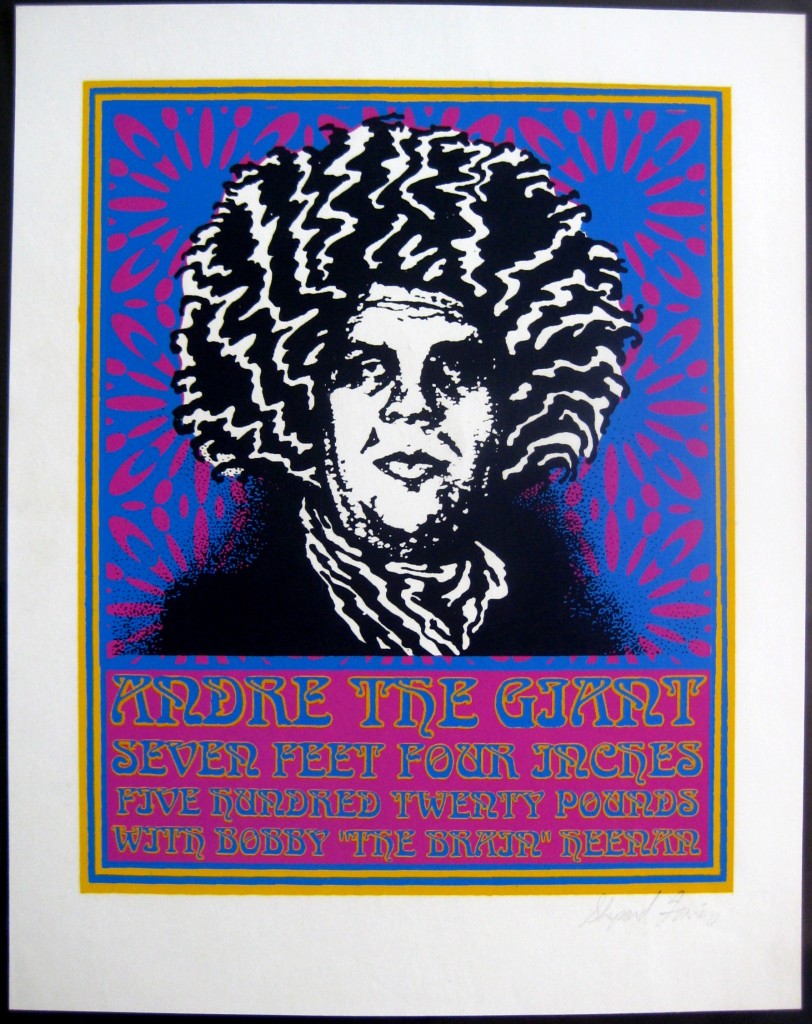
You will be hard pressed to find a more efficient tool for art collecting than social media platforms like Instagram. It’s not only a collecting tool, but an educational one as well for beginning collectors. I really hope you will embrace this landscape of art collecting enabled by new technologies. It might seem unfamiliar but I guarantee you’ll enjoy the ride.
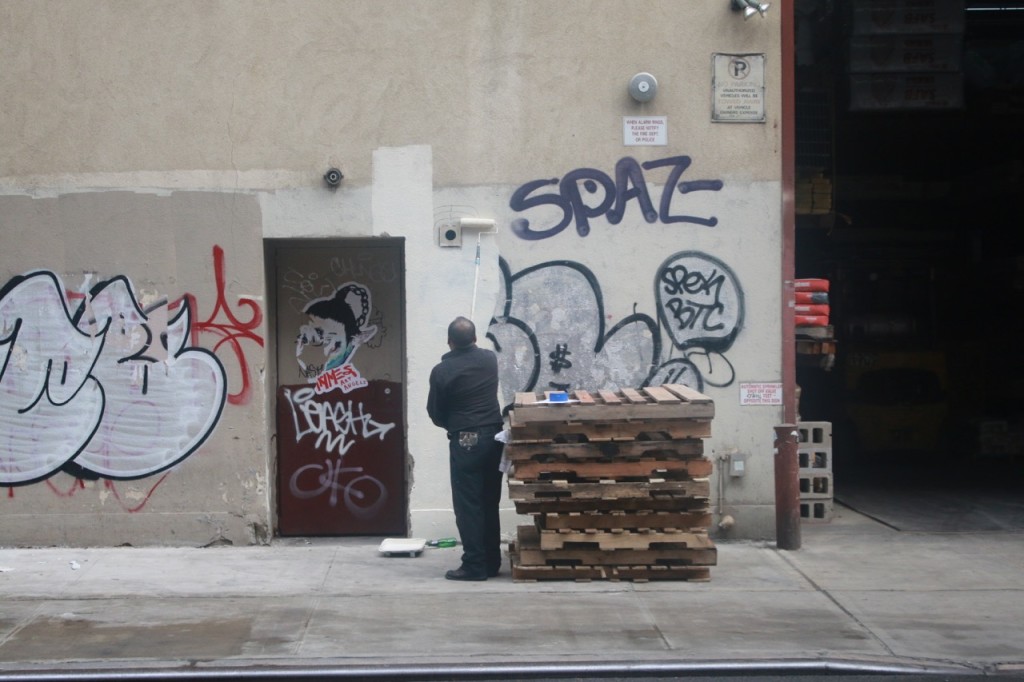
Today marks the 22nd anniversary of Wu Tang Clan’s Enter the Wu-Tang (36 Chambers) and A Tribe Called Quest’s Midnight Marauders, both groundbreaking rap albums, both groups hailing from a city known as New York. In commemoration of these legendary rap groups’ shining achievements, here is a graffiti/street art excerpt from BDAB’s last trip to the heart of New York City. I’ve traveled to many metropolitan cities of America, including Los Angeles, San Francisco, Chicago, Houston, Boston, Miami, but no other city has graffiti culture that can match the great New York, NY.
On every street corner, there is a skillful tag, throw-up, or bomb densely populated onto a wall. It was just mind boggling how majority of it were so good. I might get burned for saying this, but I don’t think the average LA graff head could survive out in NYC.
NYC is the graffiti and street art mecca of the world.
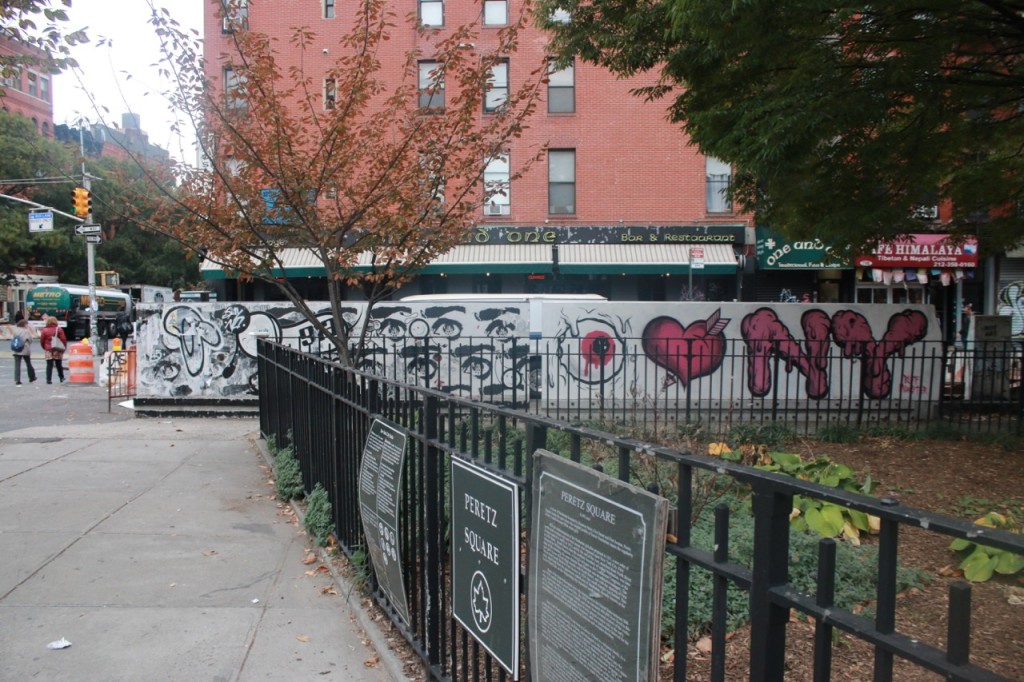
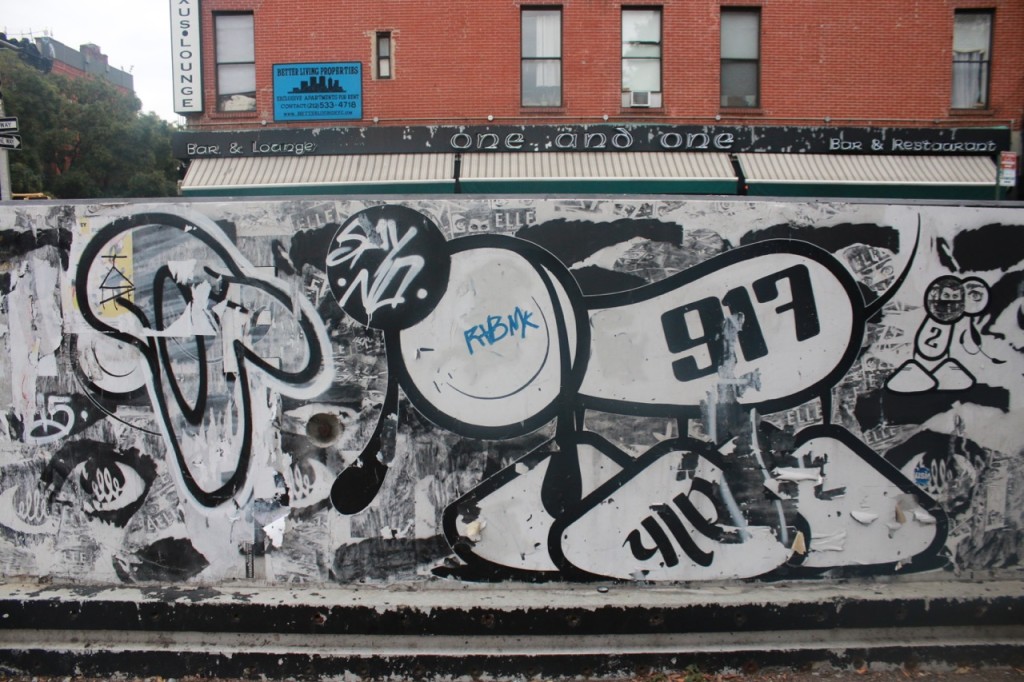
If you haven’t heard, Barry McGee’s (@barrymcgeeart) China Boo opened at Ratio3 in the Mission of San Francisco last Friday. BDAB couldn’t make it to the opening, but here’s a sick video that MOCA produced 4 years ago that walks you through a dystopian graffiti utopia that Barry had a heavy hand in.
Better In than Out, an obvious parody of Banksy’s outdoor New York City residency titled Better Out than In that took place around the city of New York back in October, 2013, is not a show that is in any way affiliated with the notorious street artist Banksy. Let me reiterate that.
Banksy did not provide the artwork for this show, he did not create any new work for the purpose of showing it at Taglialatella Gallery, nor did he ever set foot in the gallery. This is a gallery that specializes in the secondary market, meaning they take on consignments or buy artworks from private collections to sell at a huge markup. Banksy has never done a show of this nature nor will he ever do so. The recent “bemusement park” Dismaland, a totally off-the-wall art-show-cum-performance-art, that he created in Weston-super-Mare would bemoan to death a show like this.
But for those that have not had a chance to see Banksy’s work in person, such as myself, this is a fun little gallery to visit in Chelsea, if you ever visit NYC, like myself. Most of the works on display were print editions that Banksy’s released in the last 10+ years, but there were also original works. I’m not entirely certain of their authenticity, although the name cards mentioned being authenticated by Pest Control. No, Pest Control isn’t an extermination company. That’s Banksy’s institution for authenticating prints, originals, or any other artwork (except for street works, which is to deter people from stealing works from the street) that may have been created by Banksy. However, there is an easy way to find out if a Bansky street art you find on the street is real: Visit Banksy’s website because he will update his site with pictures of any new street piece. These days you should never buy any Banksy artwork without having a certificate of authenticity from Pest Control. But I digress.
Click through to find the pictures from the show. I purposely did not take a picture of a Banksy piece that was stolen from the street that they had displayed center stage in the gallery. No need to encourage behavior like that. Enjoy.
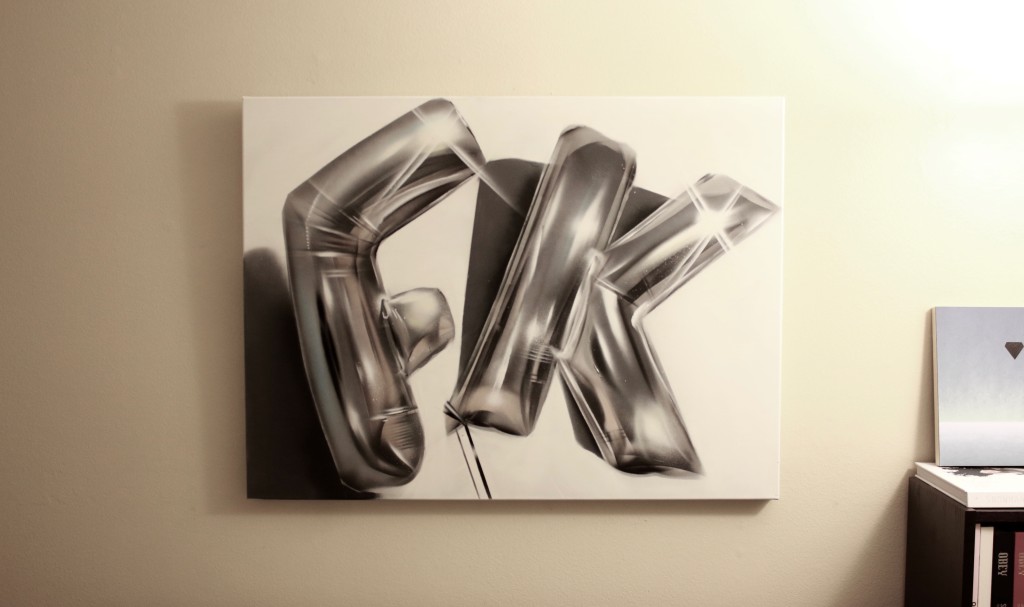
The most common question I receive when I talk about my collection is: “Where do you buy art?” There are different strategies a collector can employ, but it will depend on the strength of the artist’s market and his output.
In this Education series, we will take a look at the myriad different ways of acquiring works for your personal collection, whether through the traditional gallery system or by directly contacting artists. The first installment of this series is the private commissioning of work. How badass does that sound, “I commissioned a piece for my collection”?
Let’s take a look at how to go about doing this.
Who
This strategy works best on emerging artists, who may not yet be fully represented by a primary gallery, but are consistently outputting new works so that you can discern style or content that you might be interested in.
What
Do your research. Browse the artist’s website, which usually has a portfolio of works that the artist is especially proud of, or her Instagram page, which almost all artists have these days. After examining the works, you need to be able to articulate what subject, style, or “feel” you want expressed. This is the most important aspect of the commissioning process because the better you are able to communicate your vision to the artist, the more likely you will develop deeper levels of appreciation and enjoyment.
Where
To date, all my commissions occurred via emails. If the artist has a Facebook, Twitter, or Instagram, a DM would work just as well.
How
Now you know what you want and have a means to contact the artist. Start off the message with a personal note about how you came in contact with the artist’s work or what you love about her work. The purpose of this is to establish a rapport with the artist, to motivate the work to be the best it can be. Then ask if she is taking any commissions at the moment. If she is, then these are what you should provide:
I don’t like to add too many terms to the commission for the fear of this becoming too much of a business transaction, so I keep things at a minimum. I’m an idealist like that.
Why
Private commissions are the most nerve-wracking method for obtaining works, but for the same reason it can be the most rewarding. You are putting up money sight unseen with the implicit trust between artist and collector that both parties will be happy with the result. However, it’s most rewarding in that you are guaranteed to have a personal connection to the piece because, although the artist did all the heavy lifting, your vision and story will gleam through every inch of the work. Instead of simply handing over money, you were an integral part of the artistic process that produced this result.
Doesn’t that make for a much more meaningful conversation starter?
“On Our Hands” is the latest solo exhibition of new paintings of various media and sculptures from Shepard Fairey (@obeygiant), and the first solo exhibition the artist has had in New York City since his “May Day” show as the swan song exhibition of Jeffrey Deitch’s Deitch Projects in May, 2010. The new show came to a close on October 24th, but for those who could not attend, here are some words and photos from the show.
Fairey’s art has always leaned political in subject and bluntly direct in nature so as there not to be any ambiguity of the message that he intends to deliver, and “On Our Hands” was no different. This new body of work from the artist tackles many topics that has been generating headlines on mainstream media, such as environmental atrophy caused by oil and gas industries, police brutality, campaign finance reform, and global feminism. The title of the show suggests that it is our responsibility, that the power lies in our hands, to solve these greater problems of the world.
Fairey has always put his money where his mouth is and shouldered the responsibility of focusing the lens on these problems through his public murals, exhibitions, charitable works, and creating recognizable works that reach a critical mass where we can actually start to make a difference. Although this new body of work is not conceptually profound (I admit though there is no other stencil artist in the world that is doing it with such finesse. I mean, look at how he incorporates pieces of retired stencil into his painting to create a 3 dimensional aspect.), in the context of his body of work outside the gallery space it makes complete sense.
Some of the most powerful works in the show are the least assuming, for example the above three portraits. Upon first glance it is nothing but portraits of anonymous women. By my American sensibilities, these women are Muslim, but their ability to convey regality and piercing strength with not much more than their eyes hint at Fairey’s message of equal rights for women, even in Arab countries, that women should not be viewed as inferior and should be given equal treatment to men. There’s also a veil of criticism of American sensibilities as well. Notice how I immediately assumed these women are Muslim because they donned what looks like the hijab?
Another thing strikes me is how Fairey makes his art accessible for so many levels of collectors. The canvas pieces are priced at around $48,000, well outside of the budget of 99.9% of America, but the works on paper, retired stencils, and stencils on found papers can range anywhere from $5,000 to $20,000, which makes his shows within budget for many collectors despite the blue chip status that Shepard Fairey has been enjoying for the past few years since the first Obama campaign. In cooperation with the gallery, Pace Prints, which is just one floor below the Jacob Lewis Gallery, released sets of prints in the $2,000 range. Also the artist releases art prints almost weekly on his website in the $45-60 range that could fit even a college student’s budget.
Although the show has come to an end, click through to find 30+ high-res photos from the show.